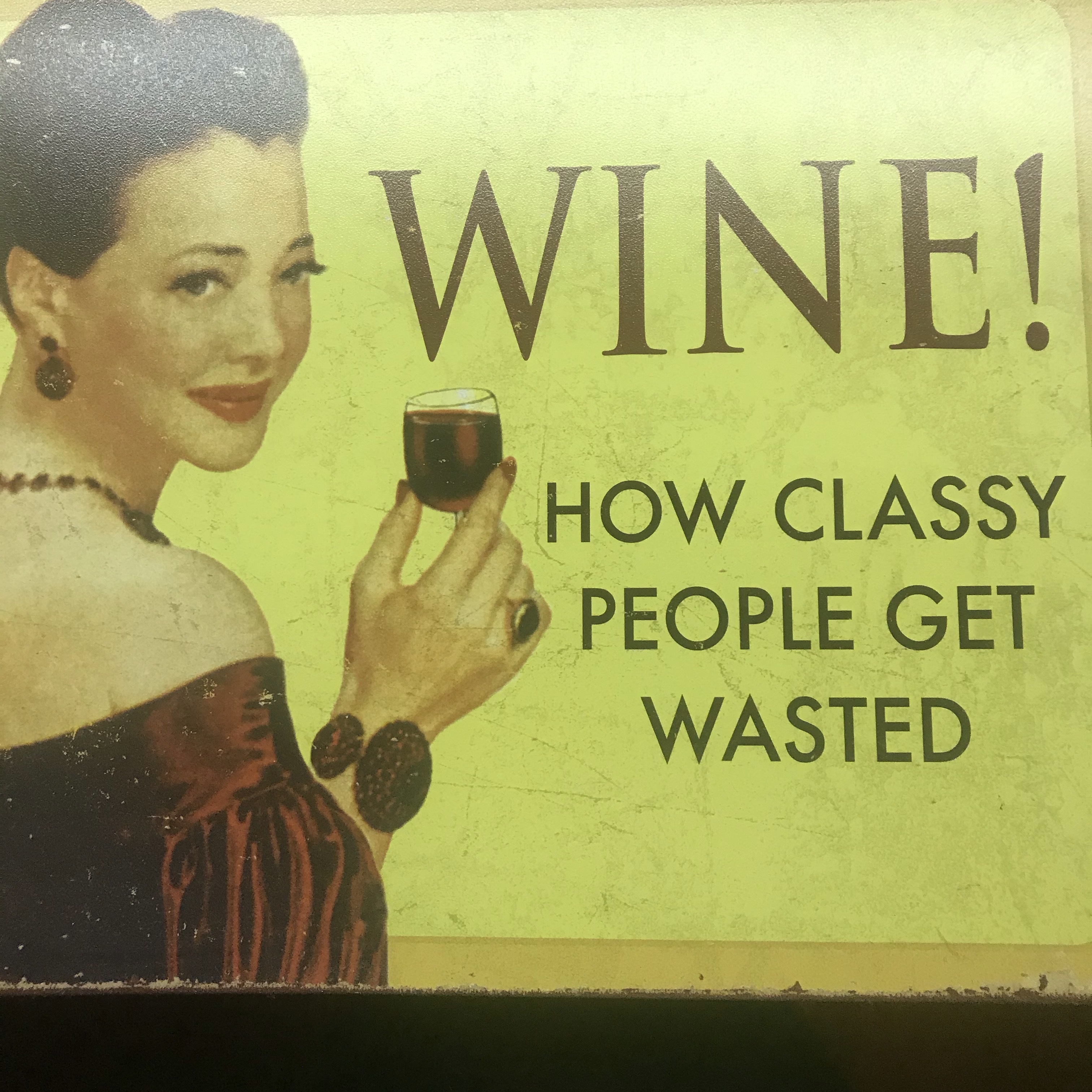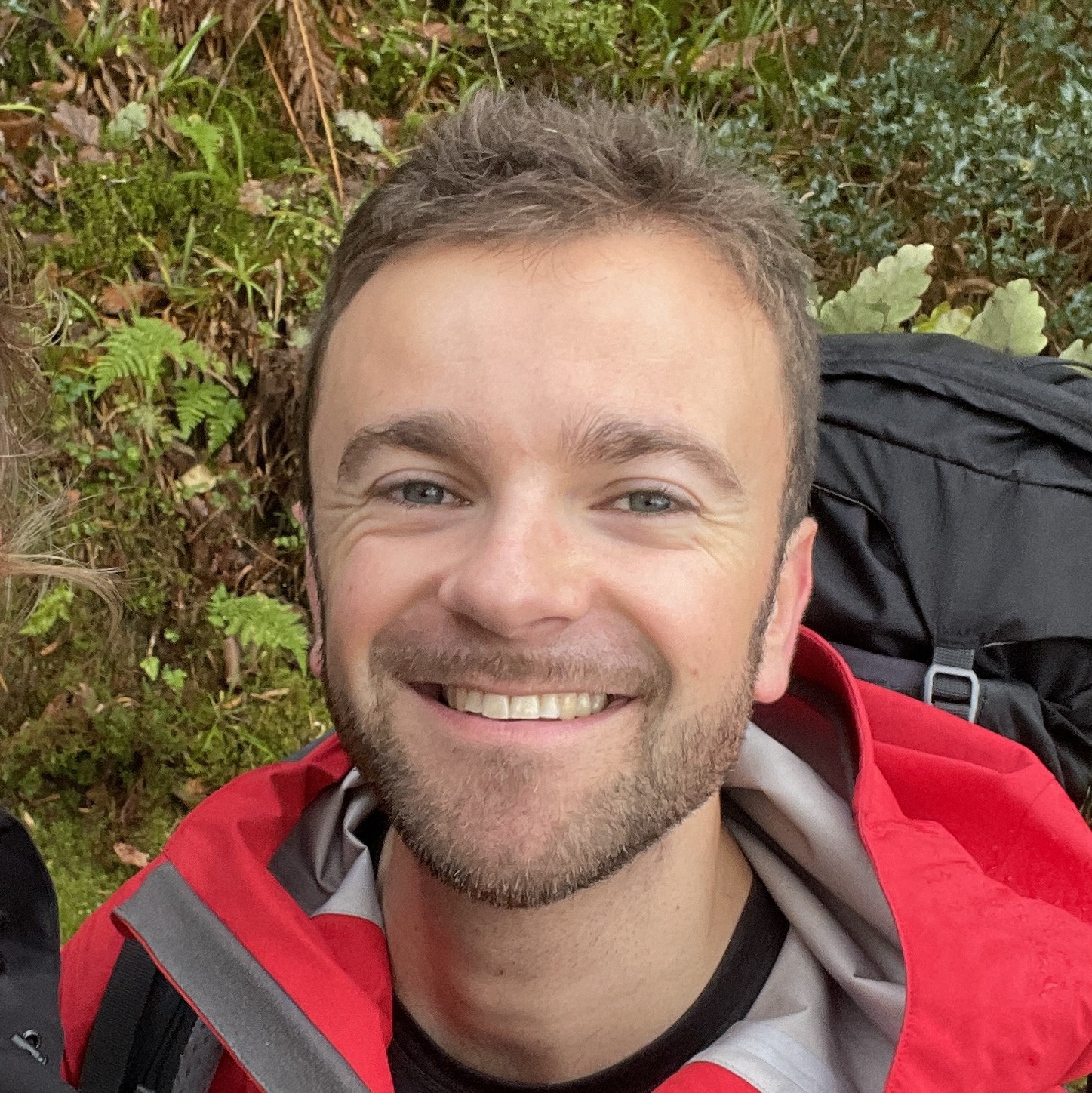Age Bodegas Unidas S.a.
S.A. Prüm
Wehlener Sonnenuhr Kabinett Riesling 2008
Ripe, pure and highly stimulating, this Wehlener Sonnenuhr Kabinett from S. A. Prüm is an ageworthy Riesling in its prime at 12 years of age.
Pale yellow colour. Initial scent of diesel which soon blew off, after which the nose is a medley of apricot, peach, lavender, vanilla, honeydew melon and white pepper. Incredibly fresh, with a distinct sea breeze quality to it.
The palate is intense and sappy, with piquant lime, elderflower, ripe apples and even notes of strawberry and blueberry. Incredibly elegant, with a supple and long finish, this is a complex and accomplished iteration of the Kabinett style that should continue to age with grace. — 5 years ago
Miguel Torres S.A.
Xarello Garnacha Nerola Penedes
Mas la Plana is my favourite Cab from Spain 🇪🇸 grown in Penedès. Having had my last 05 last year which was superb I was keen to see if this 30 year old 89 @ €63 would still be alive & to my surprise it is 😁 I still prefer these with 7-12 years of age 😉
📍 Torres Mas la Plana 1989
🏵 89 points
🍇 Cabernet Sauvignon
🍷 Clear ruby with significant bricking at edge (⏩ see Instagram for pic of wine & cork)
👃 Sooty smoked charred oak embers through muted dark berry fruit w/ a musty damp cellar backbone, herbs, prune, leather, mushroom & truffle
👄 Med smooth body of earthy red berry, cherry & faint dark berry fruits w/ a dry mineral & ground mocha undertone
🎯 Med+ earthy dry mineral infused subtle dark & red berry/cherry linger & mocha tone
— 7 years ago
Viña Almaviva S.A.
EPU Cabernet Sauvignon Blend 2021
Inky in color with a short reddish rim.
Full-bodied and bold with medium acidity.
Dry on the palate with nice complexity.
Showing black plums, cooked cherries, cedar, black currants, tobacco leaf, earth, light vegetables, cola, pencil lead, peppercorn and herbs.
Long finish with soft tannins and cherries.
This is a delicious Cabernet Sauvignon based Bordeaux blend from Chile. Rich and extracted. Showing nice balance and mouthfeel.
Needs an hour to open up properly, and will continue to age nicely in the next 5 to 7 years.
Wine Advocate 94 points. Wine Spectator 92 points.
Fruit forward and a good sipping wine. Will also pair nicely with a big piece of steak.
A blend of 80% Cabernet Sauvignon, 15% Carmenere and 5% Merlot. Aged in (10% new) French Oak barrels for 12 months.
15% alcohol by volume.
92 points.
$75. — 4 months ago
Niepoort (Vinhos) S.A.
Redoma Douro Red Blend 2017
A modest Portuguese revelation- had snapped this Touriga blend up in an annual ‘ cost’ sale at my local wine store. With nearly five years of age has a lovely grip and medium bodied rose & tar palate, not unlike an Piedmont red. Does remind me of Nebbiolo, the elegant version. Well worth the 30$ or so odd, on sale. — 4 years ago
Viña y Cava Valle Secreto S.A.
First Edition Carménère 2016
Medium to full "cuerpo". Balanced but pointed acidity makes me wonder how age might treat this. Aromas of Dark rasberry, spicy green peppercorn, a bit of green pepper and hints of oak! Enjoyable. Fruit and spice forward. Nice value. — 8 years ago
S.A. Prüm
Wehlener Sonnenuhr Spätlese Riesling 2016
Simply a brilliant Spätlese in a wonderful spot for early drinking at eight years of age, this 2016 Wehlener Sonnenuhr from S. A. Prum is a lighter example of the Prädikat, with a playful balance of apricots, nectarines and chamomile and zesty acidity that features limes and bitter orange. It produces a lovely harmony on the palate that serves as a reminder of how brilliant a style Spätlese can be in balancing Riesling’s acidity with its propensity toward a sweeter style. Lovely stuff. — 2 years ago
Miguel Torres
Old Vines Viejas Viña Manso de Velasco Cabernet Sauvignon 2004
2004 | Cabernet Sauvignon
Miguel Torres, S.A.; Manso de Velasco VV
Curicó Valley, Chile
6H decant.
A truly great South American Cabernet, just give it lots of room to age and decant. No jammy stuff here, elegantly evolved dried red/purple fruits, dried sage and dry earth; plenty of leather and rehydrated cherry with a satisfying, long finish. Disappointingly our final 2004 bottle from a 3-pack buy in Nov. 2007 for $28/ea; value delivered and patience rewarded!
Old school bottle, so thick walled it could go to bat for any inning or bounce off the pavement without concern... — 3 years ago


S.A. Prüm
Goldcapsul Wehlener Sonnenuhr Auslese Riesling 2001
Really can’t see any age on this yet. Still quite primary and very delicious with a baked apple nose and a slight hint of petrol after the initial reductive sulfur blow off. Nicely sweet and balanced. Needs another 20 years? — 7 years ago









Freddy R. Troya
Almaviva – Red Blend – 2022
Puente Alto – Chile 🇨🇱
Overview
A “pure evil” expression of ultra-fine winemaking produced by the collaboration between Baron Philippe de Rothschild and Viña Concha y Toro. The 2022 Almaviva blends precision and power from Chile’s premier terroir in Puente Alto.
Varietal Composition: 72% Cabernet Sauvignon, 23% Carmenère, 4% Cabernet Franc, 1% Petit Verdot. 
Aromas & Flavors
Cassis, blackberry liqueur, violets, graphite, cedar spice, and a touch of mocha, all densely packed but beautifully lifted.
Mouthfeel
Velvety, deep, and resolute. Superb tannin refinement with a long, elegant finish that balances richness with precision.
Food Pairings
Dry-aged ribeye, lamb chops, charred mushrooms, or a luxurious truffle risotto.
Verdict
Expressive, beautiful, and undeniably classy. A solid, velvety powerhouse that is enjoyable now or will age with grace.
🍷 Personal Pick Highlight
The finest expression I’ve tasted from Chile’s greatest terroir, Puente Alto, with roared potential and impeccable balance. — 3 days ago